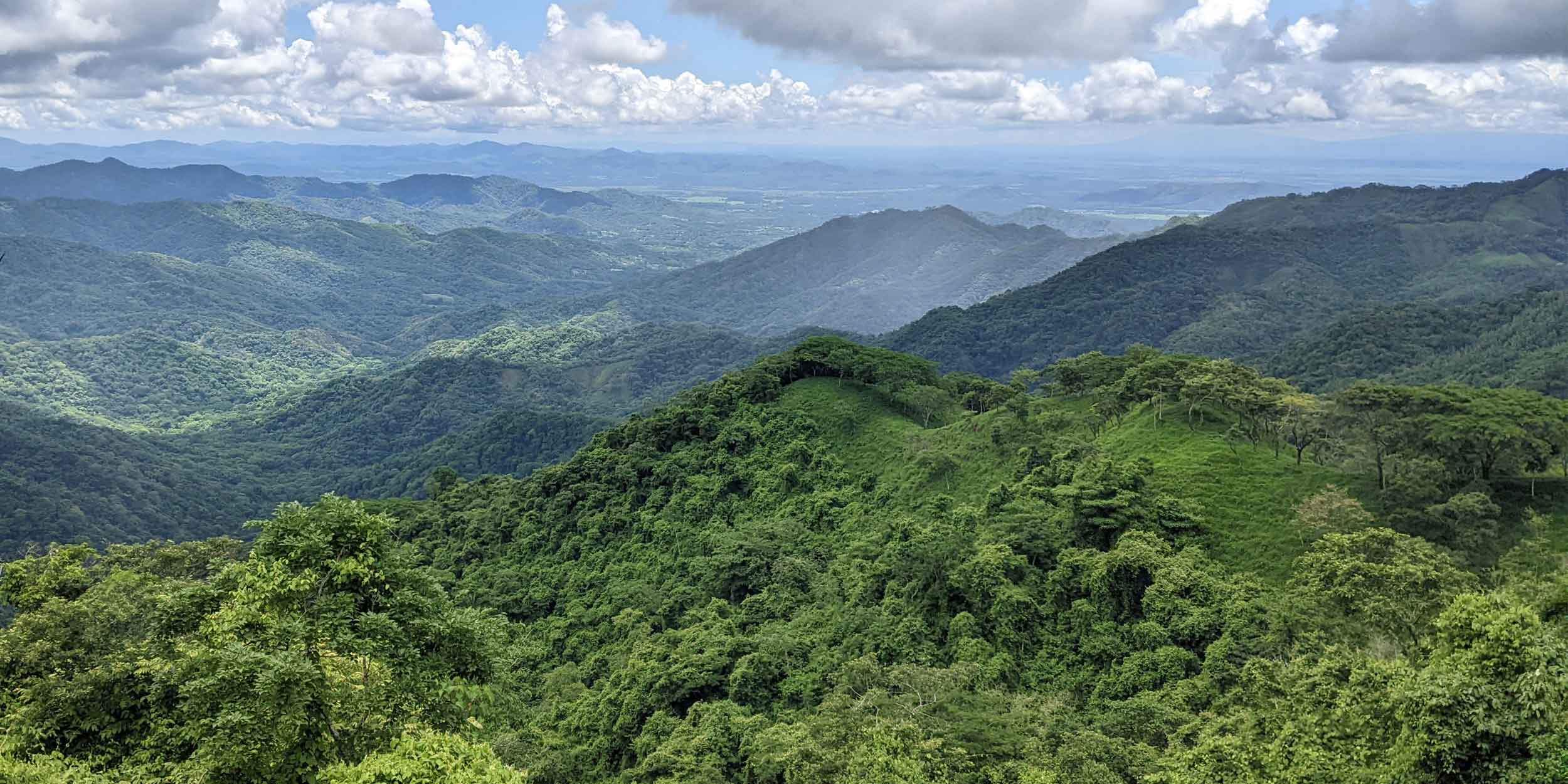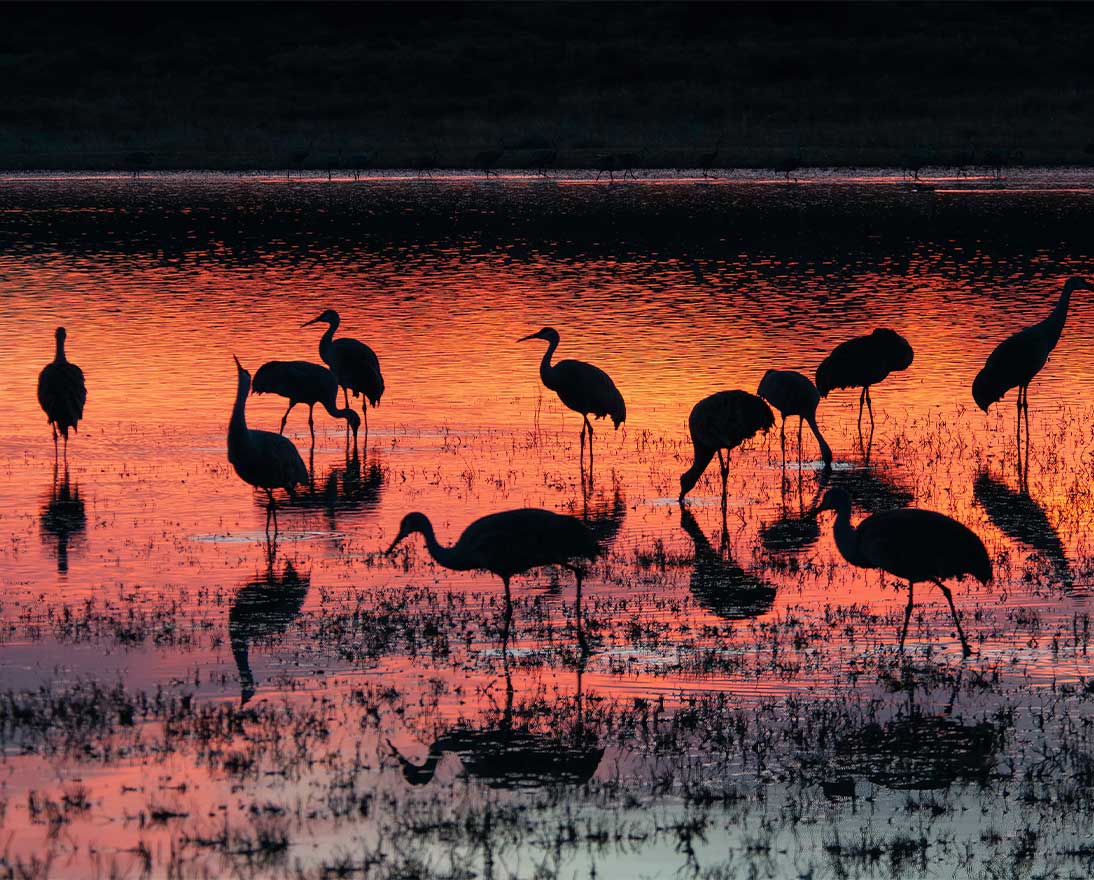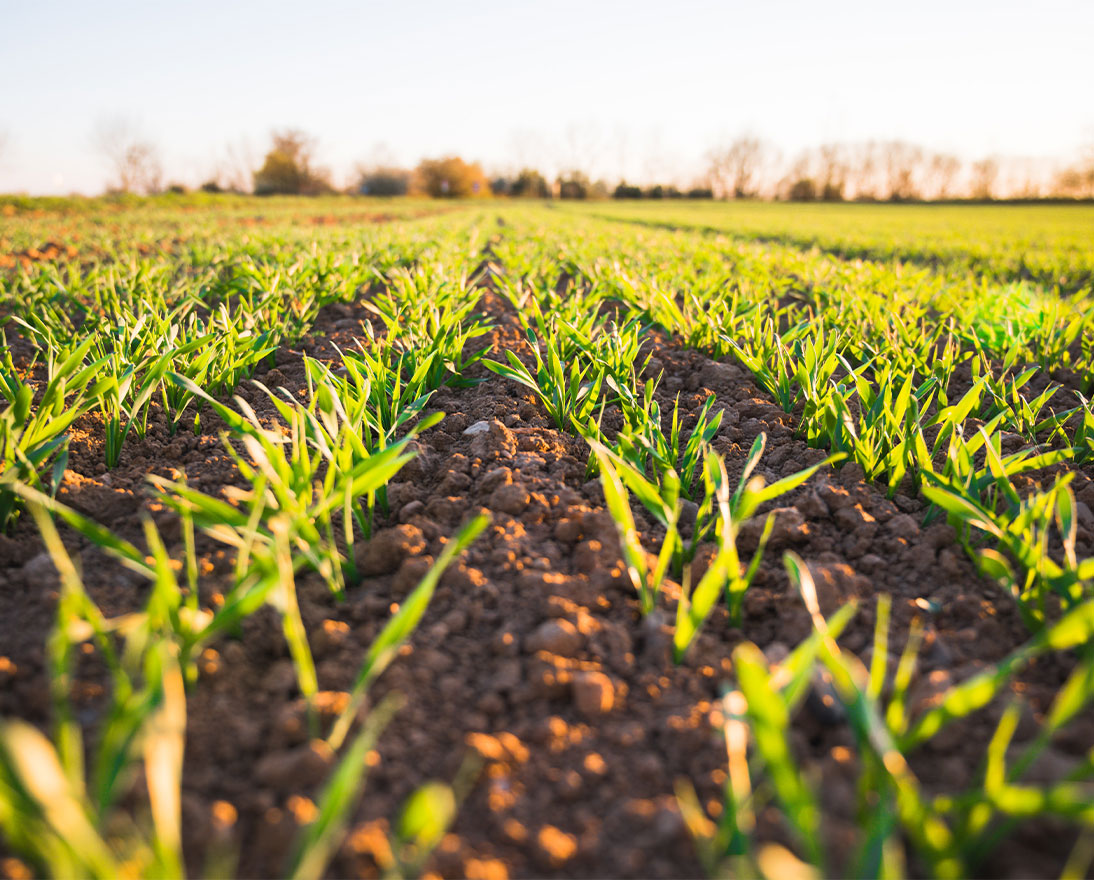How do you measure biodiversity? Take a listen
BiodiversityArticleJune 28, 2024
Finding a way to measure biodiversity has long preoccupied ecologists. One answer, it seems, lies in the sounds of Mother Nature.
Deep in the heart of the Costa Rican rainforest, Giacomo Delgado pushes through the undergrowth to remove a palm-sized recorder from the branch of a tree.
For the past six days, the device has captured the sounds of the forest from the grunts of the howler monkeys to the buzz of millions of insects, the squawk and chatter of birds, and the croaking and yelping of frogs.
As night falls, the cast changes and fresh actors emerge. Cicadas drone, mammals scuttle, bats click.
From the ferns on the forest floor to the dense, high canopy, there’s a constant background hum, the orchestra punctuated by the cries and calls of soloists, communicating location, protecting territory and guarding mates.
Whatever the time of day or season, this performance is music to the ears of Giacomo Delgado. He closes his eyes and breathes in the soil and the wood and the leaves, absorbing the sounds.
Then he gathers his gear before heading farther into the forest to retrieve other recording units. In the dense vegetation, he has spaced them about half a mile apart.
Time for playback
Back at camp, Delgado downloads the SD cards to an external hard drive. But it’s not until he returns to the Crowther Lab in Zürich, Switzerland, where he is completing his PhD that he can start to make sense of what he has heard. From 600 sites, he has collected about 72,000 hours of recording. Playback starts now.
Delgado’s aim is not to identify particular species. Instead, he is interested in using the soundscape of a location as a way of gauging its health.
“What we’re after in this study is the diversity of sounds and how many different things are producing sounds in different ways that hit your ears at different times and pitches,” explains Delgado.
As a general rule, the more complex the soundscape, the greater the biodiversity and the healthier the ecosystem.
“In restoration science, bioacoustic technology helps us hear the sounds of the forest so we can hear the difference between a native, beautiful, rich, diverse ecosystem and a degraded one or a monoculture that has far less of a soundscape,” adds Tom Crowther, professor in the Department of Environmental Systems Science at ETH Zurich and founder of the eponymous lab.
The term biodiversity refers to the mix of organic life that exists within an ecosystem. It includes animals, insects and plants as well as microbes, bacteria and fungi.
“Without this wide range, we cannot guarantee the healthy ecosystems that provide us with the air we breathe and the food we eat,” says Linda Freiner, Chief Sustainability Officer at Zurich. “Biodiversity is the life support system for humanity.”
Linking sound and biodiversity
The science of sound is not new. Bioacoustic technology has long been used to detect the presence or absence of individual species and figure out their complex communication.
Recent years have seen an explosion of activity fueled by the falling costs of recording devices. The battery-powered model which Delgado uses, sells for USD 80 a unit. Other units, which are solar-powered, can be left in situ for weeks and months to detect logging or illegal hunting and send data back to a researcher on the other side of the world.
In addition, advances in artificial intelligence have made it possible for scientists to start relating aspects of sound to the ecology underlying them and examine how the “soundscape” of an ecosystem could serve as an approximate measure of biodiversity.
Until now, the patterns they’ve observed have mostly arisen from research conducted in temperate forests and at relatively small scale.
Delgado’s study in Costa Rica could help establish a direct link between sound and biodiversity in ecosystems around the world.
Compensation for conservation
At 19,730 square miles (51,100 square kilometers), Costa Rica is roughly the size of the U.S. state of West Virginia or the European country of Denmark. Forest – and there are many different types in Costa Rica – covers about 53 percent of the country. Of this, almost two-thirds is primary (natural) forest and another third is naturally regenerating secondary forest.
Under Costa Rica’s Payment for Ecosystem Services program, private landowners are compensated for forest conservation.
“We’re studying how the sounds of nature are recovering over time, showing that the beauty of those ecosystems is returning,” Delgado says. “It’s one of the largest acoustic studies ever undertaken and the first nationwide assessment of a conservation intervention.”
Over a series of visits and with the help of local researchers, he has managed to sound map every type of forest ecosystem in Costa Rica.
“To conserve biodiversity we need to know when we are being successful and when we are not,” says Delgado. “What kind of interventions can we use to do that most efficiently and in ways that work with nature rather than against it? If we have a way of measuring biodiversity, we can make a start.”
Listen to the Zurich Forest Project
Zurich Insurance Group is collaborating with the Crowther Lab to ensure that its flagship restoration project continues to meet the highest scientific standards. The Zurich Forest Project supports non-profit organization Instituto Terra to regrow part of what was once the largest single wooded place on Earth: the Atlantic Forest in Brazil. It is recreating a native forest on land that was a barren cattle farm just 25 years ago, restoring the biodiversity of plants and animals, protecting soil, and reviving and maintaining water sources. Zurich’s grant covers the planting of one million seedlings of up to 120 scientifically selected native species
Tools of the trade
Traditional field surveys to confirm animal species in an area are costly and time-consuming. In the rainforest where so much is heard but not seen and it is sometimes impossible to pinpoint the source of sounds, bioacoustics is shaping up to be a significant tool for ecological scientists.
Two other approaches are also proving invaluable as researchers monitor biodiversity at scale.
Environmental DNA (eDNA) involves the analysis of DNA samples from water, soil or organic matter like the bark of a tree. So-called eDNA metabarcoding can be used to detect genetic sequences unique to a single species or a range of groups from a single environmental sample.
Meanwhile, remote-sensing technologies can deliver data from the size of habitats to the distribution of individual plant species, with high resolution satellite imagery offering an overview of changing landscape patterns through time.
By combining technologies such as satellite imagery, genetic analysis and bioacoustics, scientists increasingly have the potential to monitor ecosystems as a whole and potentially solve a monumental challenge.
Ecological jigsaw
How can we measure biodiversity? Today it’s not just ecological scientists who are preoccupied with this question but politicians and business leaders.
In December 2022, 196 nations adopted the Kunming-Montreal Global Biodiversity Framework at COP15. Target 15 of the framework requires governments to ensure that all large businesses and financial institutions “regularly monitor, assess and transparently disclose their risks, dependencies and impacts on biodiversity.”
Metrics, which tend to focus on narrow aspects of diversity such as the number of species, give only a limited picture. Yet the value of ecosystems lies in their overall web of interactions.
Is it possible to condense that complexity into a single measurement without over-simplifying?
Measuring biocomplexity
Along with academic collaborators, Crowther Lab has established the world’s first assessment of biological complexity to quantify the full extent of genetic, species and ecosystem diversity, and how it is changing over time.
A value close to one indicates natural levels of biocomplexity for a particular ecoregion, while an assessment closer to zero suggests that the area is being managed in a way that reduces biodiversity.
This approach draws on the full range of environmental data, as well as being scalable and cost-effective. Crowther Lab estimates that at a scale of thousands of hectares, enough data exists to reduce the uncertainty which exists with any modelling.
“We want to empower the indigenous and local communities that have protected nature for centuries to continue to do so and be able to sustain themselves,” Delgado says.
Going one step further, companies could be interested in using such a metric to assess the biodiversity impact of their assets and supply chains.
Site-reading
It's a far cry from the city of Zürich to the heat and humidity of the Costa Rican rainforest but when Delgado listens to his recordings, his eyes light up and he’s transported back to that world. It will take years to decipher everything he has heard though he hopes to have some initial results by the end of 2024.
If the sounds of the rainforest were a musical composition, Delgado would need to site-read every score. Creating this massive database at national scale will be valuable in contributing to standards and best practice in scientific research.
But this reference bank of sound is also part of an ambitious attempt by Restor to map the ecology of the planet and help track changes over time. And it could influence conservation decisions that rely on biodiversity metrics.
“It is not until we value nature in its full complexity, that we can have a truly sustainable future,” says Delgado. “And we can’t manage what we can’t measure.”
Photo credits: Giacomo Delgado
The Zurich Forest Project
Working with Instituto Terra, a Brazil-based non-profit, Zurich is helping bring back to life a part of one of the greatest forests on earth.





